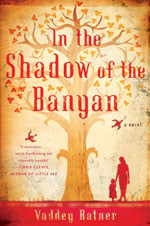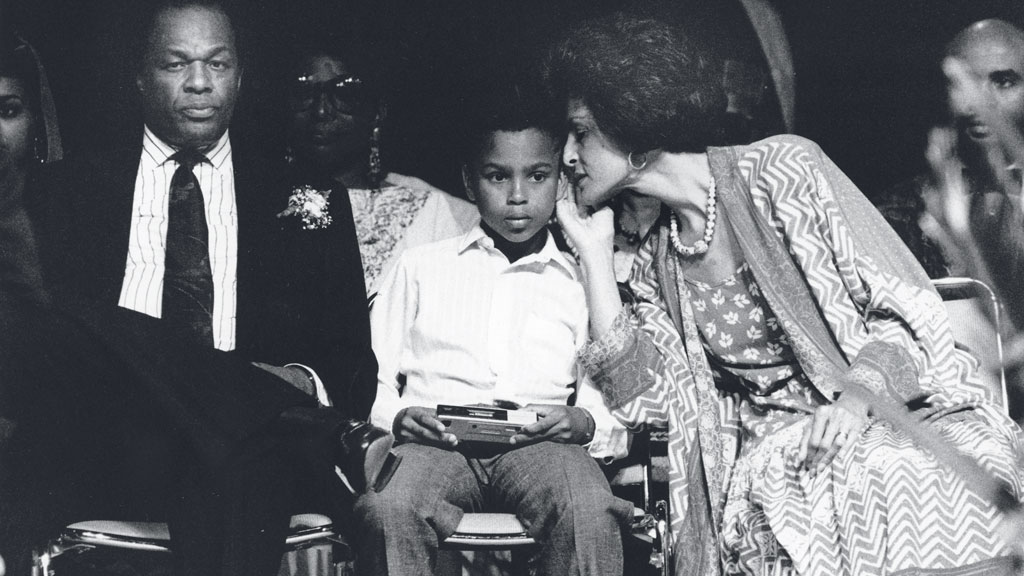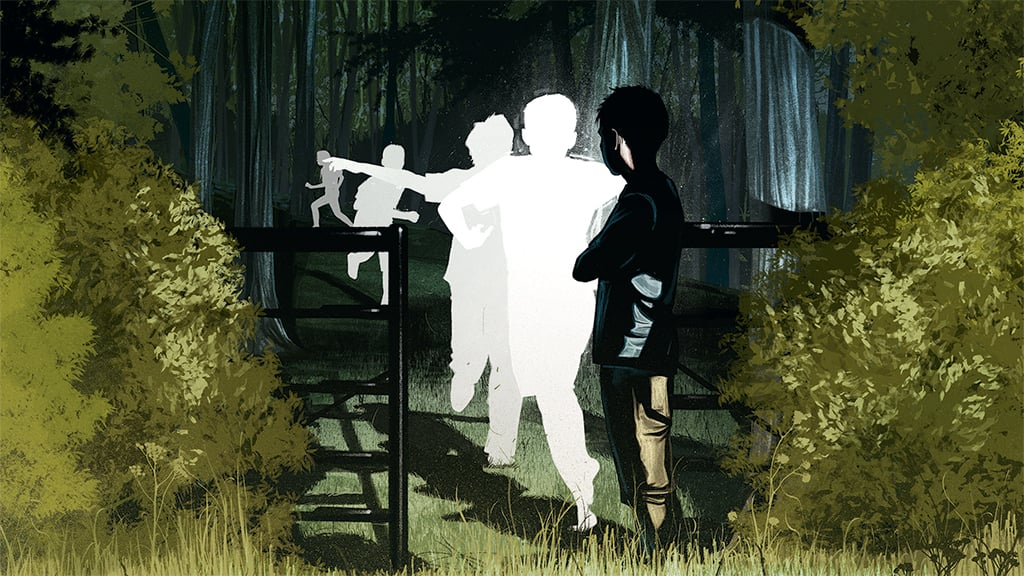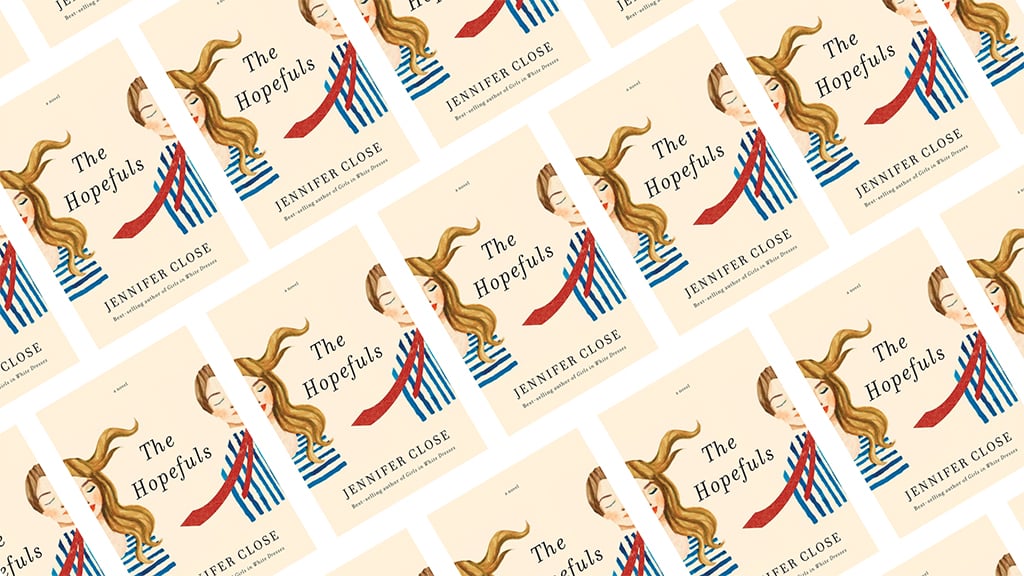Vaddey Ratner was five and a member of a centuries-old royal family when the Khmer Rouge rose to power in her native Cambodia during the spring of 1975. Over the next four years, she watched in horror as the brutal regime marched her family, and her country, toward oblivion. “While the true number can never be known, scholars estimate that between 1 and 2 million people died,” she writes, “perhaps as much as a third of the total population.”
Now living in Potomac, Ratner tells the story of her survival in her gorgeous, tormenting first novel, In the Shadow of the Banyan. Through the eyes of Raami, a seven-year-old polio-stricken princess who has inherited her poet father’s love of language, Ratner bears witness to the unyielding human spirit. “Raami’s experience parallels mine,” the author says in an interview at the end of the book. “There’s not an ordeal she faces that I myself didn’t confront in one way or another.”
Ratner sharpens the harrowing tale with sensual prose that often endows natural images with human qualities. Passing a rubber plantation, Raami notes that the trees “stood scarred and bleeding milk-white blood.” Later, when the monsoons arrive, raindrops “popped up all over the ground, like blisters bursting on damaged, infected skin.”
The author makes all this bearable with moments of levity. Many of these arrive through Cambodian folktales, told by Raami’s elders, that illustrate the way story and myth help us cope with hardship. At other times, Raami breaks the ominous mood with her youthful exuberance. On the canoe ride to a village meeting about collective farming, she sees a carnival atmosphere: “A sun scented zephyr brushed our faces and carried our greetings across the water to one another—‘Afternoon, fellow seafarers! Afternoon, comrades! Let’s race!’ ”
Apart from its literary merit, In the Shadow of the Banyan demonstrates how ill-conceived revolutions fall apart. As tensions arise between the movement’s idealists and its politicians, the Khmer Rouge begins to destroy itself. Ratner offers the image of a thug chomping on a blade of grass: “The scar on his face chewed when he chewed, a creature devouring its own face.”
Ratner says she decided to tell her story as a novel instead of a memoir so she could “transform suffering into art,” and she claims that writing each page was painful. But putting her past to paper was a must for her. “Only when we know what existed,” she says, “can we truly mourn what is lost.”
John Wilwol can be reached by e-mail at jpw1922@gmail.com or on Twitter @johnwilwol.
This article appears in the August 2012 issue of The Washingtonian.

Publisher:
Simon & Schuster
Price:
$25.00


















